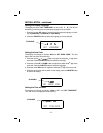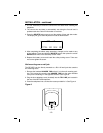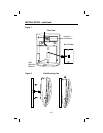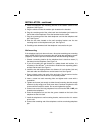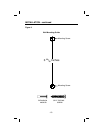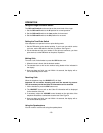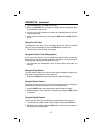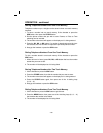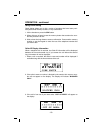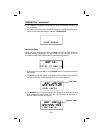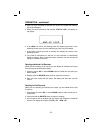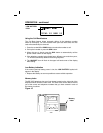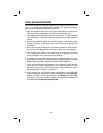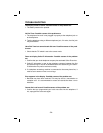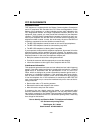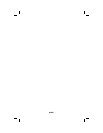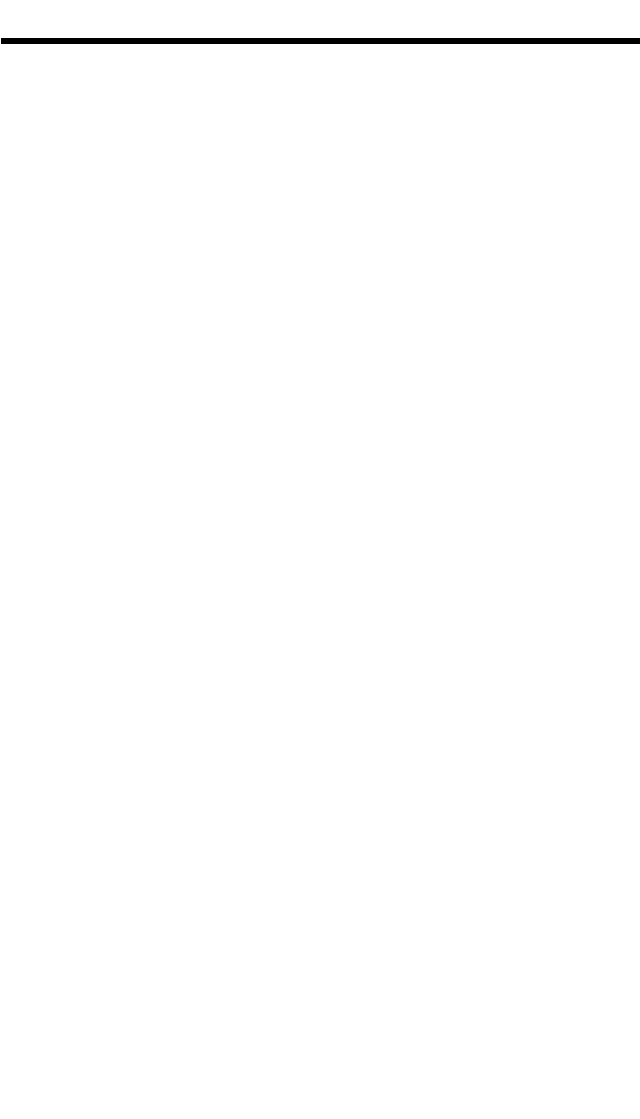
25
- 25 -
FCC REQUIREMENTS
Equipment Notes
This equipment is registered with the Federal Communications Commission
and is in compliance with Part 68 of the FCC Rules and Regulations. On the
bottom of this equipment is a label indicating among other information, the
FCC Registration Number and Ringer Equivalence Number (REN) for this
equipment. Upon request, you must provide this information to your telephone
company. The REN useful to determine the quantity of devices you may con-
nect to your telephone line and still have all of those devices ring when your
telephone number is called. In most, but not all areas, the sum of the REN's of
all devices connected to one line should not exceed five (5).
•
The BE-70PS telephone cannot be used on coin service pay telephones.
•
The BE-70PS telephone cannot be connected to party lines.
•
The BE-70PS telephone is Hearing Aide Compatible
If you experience trouble with this telephone equipment, disconnect it from the
telephone network until the problem has been corrected. The telephone com-
pany may discontinue service if your telephone equipment causes harm to the
telephone network. In this case, the telephone company will:
•
Notify the customer that service is being discontinued.
•
Provide the customer with the opportunity to correct the situation.
•
Inform the customer of their right to file a complaint with the FCC.
Interference Information
This equipment generates and uses and can radiate low level radio frequency
energy. It has been tested and found to comply with the limits for a Class B
digital device in accordance with the specifications in Part 15 of the FCC
Rules, which are designed to provide reasonable protection against such in-
terference in a residential installation. If this equipment does cause interfer-
ence to radio or television reception, which can be determined by unplugging
it from the telephone line. If the interference is caused by the BE-70PS, the
user is encouraged to try to correct the interference by one or more of the fol-
lowing measures:
•
Reorient the radio or TV receiving antenna.
•
Relocate this device with respect to the receiver.
•
Move this device away from the receiver.
If necessary, the user should consult the dealer or an experienced radio/
television technician for additional suggestions. The user may find the follow-
ing booklet, prepared by the Federal Communications Commission, helpful.
This booklet is available from the U.S. Government printing Office. There may
be a charge for this booklet.
"How to Identify and Resolve Radio-TV Interference Problems"
U.S. Government printing Office
Washington, D.C. 20402
Stock Number. 004-000-00354-4



